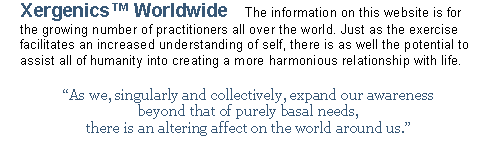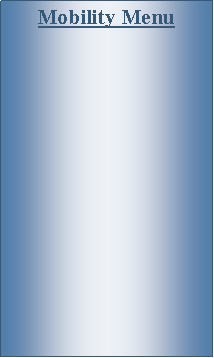





|
Xergenics.com™ |





|
Flexion: 80-90 degrees Bend wrist so palm nears lower arm.
Extension: 70 degrees Bend wrist in opposite direction.
Radial deviation: 20 degrees Bend wrist so thumb nears radius.
Ulnar deviation: 30-50 degrees Bend wrist so pinky finger nears ulna.
Flexion: 110-130 degrees Flex knee and bring thigh close to abdomen.
Extension: 30 degrees Move thigh backward without moving the pelvis.
Abduction: 45-50 degrees Swing thigh away from midline.
Adduction: 20-30 degrees Bring thigh toward and across midline.
Internal rotation: 40 degrees Flex knee and swing lower leg away from midline.
External rotation: 45 degrees Flex knee and swing lower leg toward midline.
Flexion: 130 degrees Touch calf to hamstring.
Extension: 15 degrees Straighten out knee as much as possible.
Internal rotation: 10 degrees Twist lower leg toward midline. |
|
Copyright 2004 © Ariel Speaks. All rights reserved |


